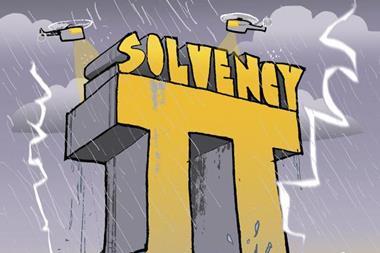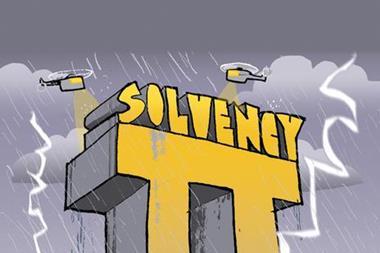Investment in IT is crucial to put the right tools, processes and strategies in place. Insurers will need to be ready to absorb the cost of the transformation
Compliance requires time, budgeting and lots of planning. This is the crux of the problem for most insurers, as current risk management systems and processes are disjointed and unable to provide the full transparency and audit capability Solvency II requires.
This multi-faceted challenge will require a significant investment of time, money and people -- particularly for the IT department -- in order to develop new tools, processes and procedures. Despite the requirements, the recent SunGard study found that insurance IT professionals are behind the curve in Solvency II planning.
It is unclear whether this is because business teams have been late to invite IT to the party, or because IT has been slow to respond.
Key needs include:
- A controlled, auditable IT environment to support enterprise-wide decision-making
- A comprehensive enterprise risk management framework that supports risk modelling for value capital, assets, liabilities, liquidity, credit, market and insurance risk
- Robust data governance and control measures to better manage the flow of information and support risk reporting
- An enterprise-wide data warehouse to provide a 360° view of risk
- Standardised extract/transform/load (ETL) strategy to validate accuracy and relevancy of data
- Powerful analytics tools to empower informed, C-suite risk-based decisions
- A high-capacity platform to shorten reporting cycle times and accelerate the risk management process.
Insurers are bracing themselves for the impact that the scale, timing and costs of this transformation will impose. While many solution providers focus on specific areas of Solvency II, there is no one, comprehensive solution designed specifically to help insurers with the transition.
From an IT perspective, Solvency II compliance is an opportunity to design and implement an integrated risk management strategy that goes beyond regulatory compliance. Chief information officers need to create a plan of action that assesses the state of current enterprise applications, identifies functionality gaps and creates an implementation plan for the needed systems and infrastructure upgrades.
Petra Wildemann is the global director of Actuarial and Solvency II Consulting Services for the SunGard platform, iWorks Prophet. Petra has extensive international experience in the insurance industry and has delivered large-scale global business and transformation programmes with Accenture, FJA and IBM and insurance customers worldwide. Prior to joining SunGard, she worked for six years at Hewlett Packard as the worldwide director for the insurance business.






































No comments yet